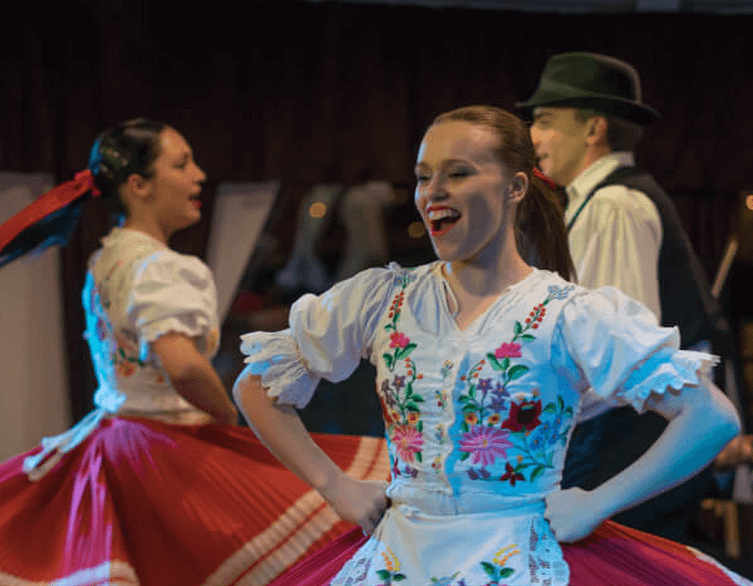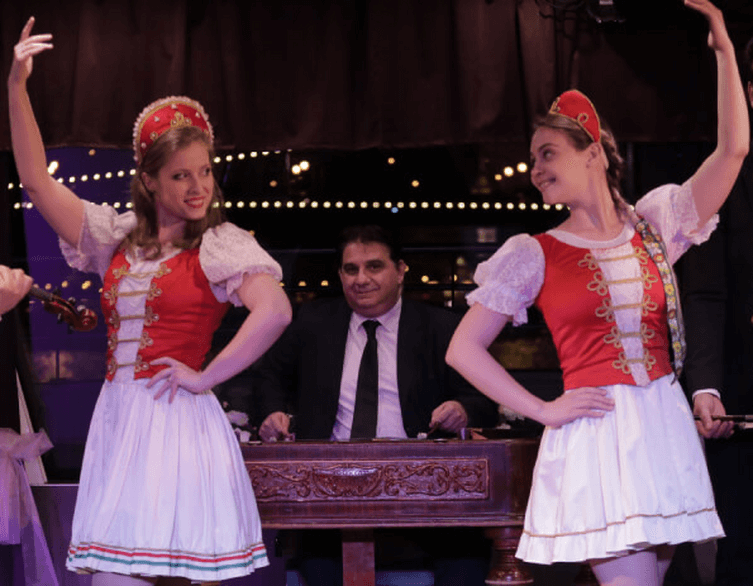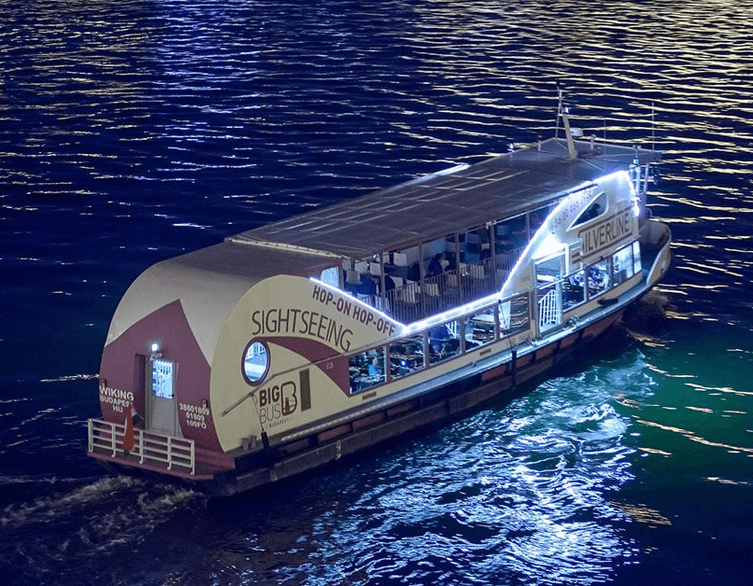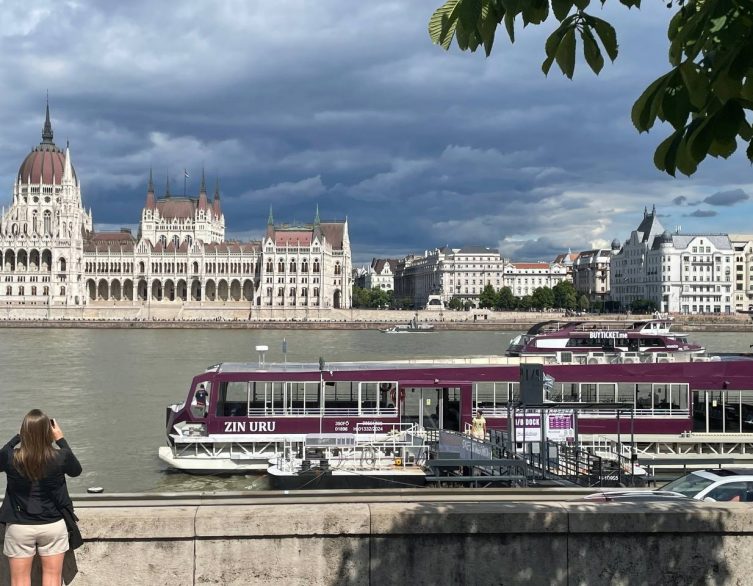Budapest’s Crown Jewel: ELTE University Library Wins Title of Most Beautiful University Library
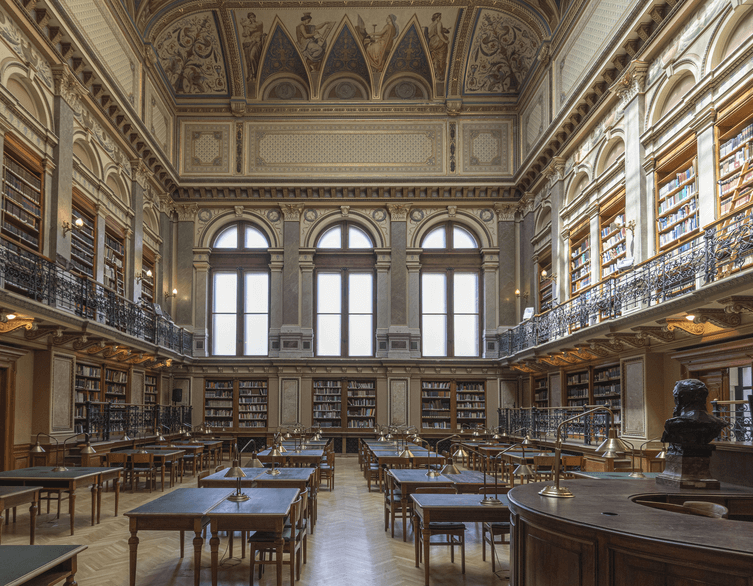
Hidden in plain sight on Budapest’s bustling Ferenciek Square stands a magnificent yellow palace that foreign visitors often walk past without realizing they’re missing one of the city’s most spectacular architectural treasures. The ELTE University Library and Archives has just been crowned Budapest’s most beautiful university library, capturing an overwhelming 54 percent of public votes in a recent competition that celebrated the capital’s remarkable academic architecture.
A Living Monument with Over Four Centuries of History
What makes the ELTE University Library truly extraordinary isn’t just its stunning appearance, but its remarkable journey through Hungarian history. Contrary to popular belief, this institution wasn’t founded alongside the university in 1635 by Péter Pázmány. The library’s story begins even earlier, in 1561, when Miklós Oláh, the Archbishop of Esztergom, established a Jesuit college and library in Nagyszombat (now Trnava, Slovakia).
This makes the ELTE library one of the oldest continuously operating libraries in Central Europe, having served scholars for over 460 years. When Pázmány founded the university in 1635, the existing Jesuit library naturally evolved into the university’s official collection, marking the beginning of its transformation from a small religious library into Hungary’s premier academic institution.
The library’s journey mirrors Hungary’s own turbulent history. In 1777, it moved to Buda along with the university, then relocated to Pest in 1784, finally settling at its current location on Ferenciek Square. By the mid-19th century, the collection had grown so substantially—serving 35,000 annual readers with over 150,000 books—that a new building became essential.
Architectural Masterpiece by Antal Szkalnitzky
The magnificent library palace that captivated voters was designed by Antal Szkalnitzky, one of Budapest’s most influential 19th-century architects. Construction took place between 1873 and 1876, and the building was ceremoniously opened on March 26, 1876. Szkalnitzky created an eclectic masterpiece that perfectly balances grandeur with functionality, establishing a template for academic architecture that still inspires today.
The building’s exterior presents an elegant yellow facade that harmonizes beautifully with Budapest’s architectural landscape, while inside, visitors discover spaces that transport them to another era entirely. The careful attention to both aesthetic beauty and practical needs makes this library a perfect example of how 19th-century architects understood the importance of creating inspiring environments for learning and scholarship.
The Enchanting Nagyolvasó: A Baroque Dream
The undisputed star of the ELTE library is its Main Reading Room, known locally as the Nagyolvasó or Díszterem. This breathtaking space captures the essence of baroque library design while serving contemporary academic needs. With 228 square meters of floor space and soaring 15-meter ceilings, the room creates an almost cathedral-like atmosphere that transforms studying into a genuinely inspiring experience.
The room’s most striking features are the magnificent frescoes painted by Károly Lotz, the renowned Hungarian decorative painter. These frescoes depict allegorical female figures that seem to watch over scholars and visitors, creating an atmosphere where art, learning, and history converge seamlessly.
Natural light floods the space through three large windows and a spectacular glass ceiling, creating an ever-changing interplay of illumination throughout the day. Although the original glass ceiling suffered damage during World War II bombings, its careful restoration maintains the room’s ethereal quality while serving as a subtle reminder of the library’s resilience through Hungary’s most challenging periods.
Best deals of Budapest
Imperial Patronage and Artistic Excellence
Above the entrance, visitors encounter one of the room’s most historically significant features: Mór Than’s full-body portrait of Emperor Franz Joseph I of Austria. This painting represents more than mere decoration—it acknowledges the emperor’s generous financial contribution to the library’s construction, demonstrating how the Habsburg monarchy supported Hungarian intellectual development during the dual monarchy period.
The presence of this imperial portrait in Hungary’s most prestigious university library tells a complex story about 19th-century Central European politics, where Austrian imperial support helped create institutions that would later become centers of Hungarian national identity and academic excellence.
A Treasure Trove of Literary Heritage
Beyond its architectural splendor, the ELTE library houses nearly 2 million documents that represent one of Central Europe’s most significant academic collections. Among its most precious holdings are 185 medieval codices, including 14 Corvina manuscripts from the legendary library of King Matthias Corvinus. The library also preserves about 1,200 incunabula—books printed before 1501—and hundreds of thousands of rare volumes spanning centuries of European intellectual history.
The collection includes approximately 11,000 volumes from the 16th century, 15,000 baroque volumes, and 75,000 books from the 18th century. For foreign visitors interested in Hungarian culture and history, the library represents an unparalleled repository of knowledge about Central European civilization, making it both a working academic institution and a living museum of regional heritage.
Surviving History’s Storms
The library’s survival through major historical upheavals adds another layer to its significance. During World War II, when the glass ceiling was shattered by bombs and books became soaked, the dedicated library staff managed to preserve the vast majority of the collection. The library also weathered the 1956 Hungarian Revolution without major losses, demonstrating the resilience of both the institution and the people who have protected it across generations.
Today, the library serves as more than just a study space for ELTE students—it functions as Hungary’s national repository for philosophy, medieval and early modern world history, and religious studies. This specialized focus means that researchers from around the world come to Budapest specifically to access materials unavailable elsewhere, maintaining the library’s international significance.
Visiting This Architectural Marvel
For international visitors, the ELTE University Library offers an accessible way to experience Hungary’s intellectual heritage firsthand. The Main Reading Room can accommodate 80-100 people and serves as a prestigious venue for events, conferences, lectures, book presentations, ceremonial occasions, and press conferences. The combination of historical significance and architectural beauty makes it one of Budapest’s most remarkable monument locations.
The library’s central location on Ferenciek Square places it within easy walking distance of Budapest’s major tourist attractions, making it a perfect addition to any cultural itinerary. The combination of historical significance, architectural beauty, and ongoing scholarly activity creates an experience that reveals aspects of Budapest’s character that most tourists never encounter.
This recent recognition as Budapest’s most beautiful university library confirms what scholars and visitors have known for generations—the ELTE University Library represents the perfect synthesis of architectural excellence, historical importance, and living academic tradition that makes Budapest one of Europe’s great intellectual capitals.
Related news
Related events






